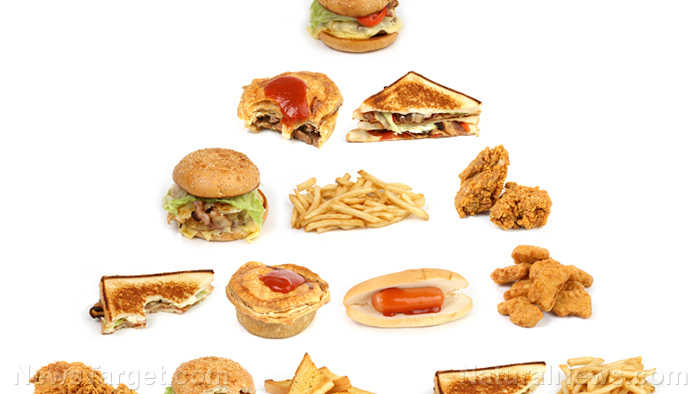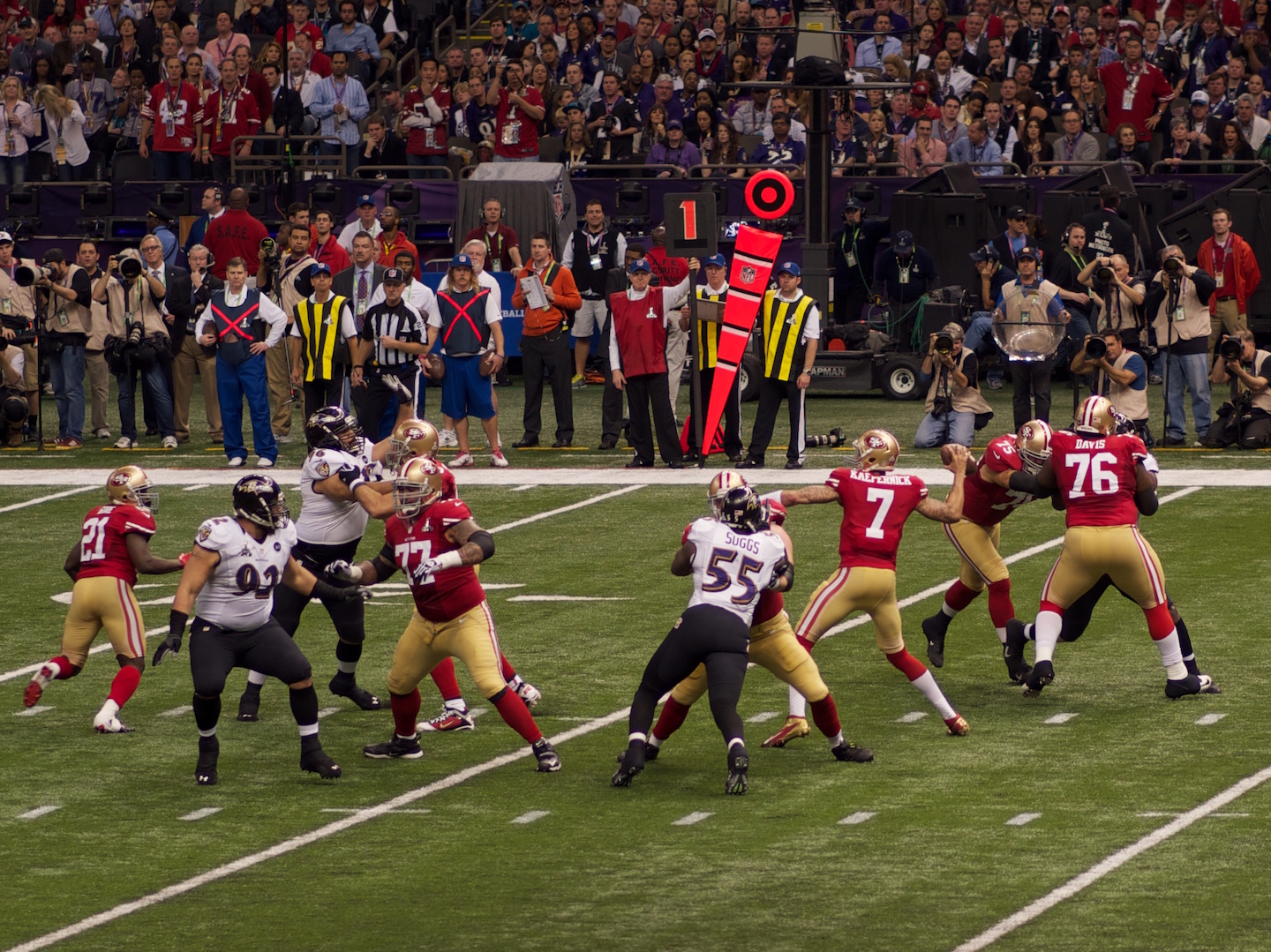Conflicting messages: Study finds junk food promoted through sports leagues is a harmful contributor to the childhood obesity epidemic
05/16/2018 / By David Williams

It’s a well-known fact that the media plays a part in the spread of potentially harmful messages to children that might be watching. Now a new study has looked even further into this, and the researchers behind it have singled out the world’s biggest sports leagues as major culprits. According to the study, most of the food and beverage brands highlighted in multimillion-dollar marketing efforts through television and online sports sponsorships are bad for your health. And the worst part is that all of this junk food gets shown to kids all over the U.S., contributing to the escalating obesity epidemic among the youth.
This depressing conclusion comes from a group of social scientists from the NYU School of Medicine, who got help from a number of other national academic health institutions in conducting their research. Their findings, which focused on children as well as adolescents, were published in the peer-reviewed journal Pediatrics.
Based on an online news report, the researchers looked at Nielsen statistics for televised sports programs among children aged 2-17 years old. What they found was that among the top 10 most watched sports organizations – one of which is the National Football League (NFL) – the vast majority of the food products were rated under “unhealthy” when examined through the guidelines of the U.K.’s Nutrient Profile Model (NPM). The reason why NPM was used was that the U.S. doesn’t have a comparable system of measurement. However, the U.K. uses NPM, and so does Australia.
It is said that the NPM system is specifically designed to assign certain scores to all types of food and that these scores can be converted to work against a 0-100 point scale that is called the Nutrient Profile Index (NPI). If a food’s NPI goes over 64, then that means that the food is classified as “nutritious.” Meanwhile, when NPI scoring was implemented to foods that had been promoted via sports sponsorships, the researchers found that many of them failed to meet even the minimal standards for nutrition. (Related: How Media Drives Obesity in Children and Simple Counter Tactics.)
This is a wide-spread, ongoing problem
Indeed, it is said that more than three-quarters of the foods examined failed to reach the proper scores. The average NPI score for them was around 38-39 for promoted foods like potato chips and cereals. What’s even more worrying is that this was true for basically all the top sports leagues, not just the NFL. The researchers found the likes of the MLB (Major League Baseball), NBA (National Basketball Association), and NHL (National Hockey League) to be just as troubled.
According to Dr. Marie Bragg, an assistant professor of Population Health at NYU School of Medicine and the lead investigator of the study, it’s time that sports organizations were held accountable for their actions here. “The U.S. is in the throes of a child and adolescent obesity epidemic, and these findings suggest that sports organizations and many of their sponsors are contributing, directly and indirectly, to it,” she explained. “Sports organizations need to develop more health-conscious marketing strategies that are aligned with recommendations from national medical associations.”
Bragg pointed out that the study had its limitations, such as the exclusion of in-stadium ads, as well as sponsorship appearances within games. However, she feels that this doesn’t detract from the overall message conveyed by the results. She said that sports organizations need to exert more effort in protecting the youngest and most impressionable fans.
Find out more about the dangers of eating junk food in FastFood.news.
Sources include:
Tagged Under: adolescents, celebrity accountability, child health, childhood obesity, commercials, fast food, fitness, food, healthy food, media, obesity, responsible sponsorship, slender, sports, sports leagues, sports organization, television, unhealthy food, youtube ads



















